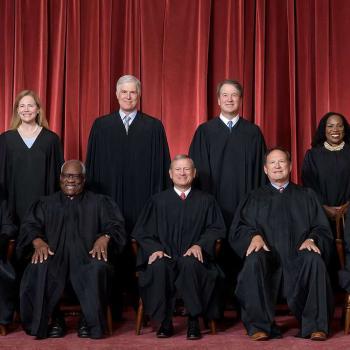The Obama administration’s vaunted initiative to catalyze the U.S. clean-energy industry — under attack for betting half a billion dollars on the solar-panel manufacturer Solyndra, which closed last month — has become a case study of what can go wrong when a rigid government bureaucracy tries to play venture capitalist and jump-start a nascent, fast-changing market.
[Uwe] Schmidt [whose company scored a similar loan but turned it down] concluded in early 2011 that the influx of inexpensive flat solar panels was undercutting his company’s year-old proposal to use a field of mirrors that concentrated sunlight on a thermal tower. Despite market changes, however, the terms of the federal loan guarantee wouldn’t let Solar Trust switch in midstream to flat panels. So Solar Trust sought private financing.
“We look at a lot of technologies, and I don’t care which one we build — I want to build the one that makes the most financial sense,” Schmidt said.
The inflexibility of the terms for Schmidt’s project was just one of the troubles that have plagued the Energy Department’s $38.5 billion loan-guarantee program from its beginning in 2009. . . .
Solyndra, a solar-panel maker that went bankrupt in August with $535 million in federally backed loans, was riskier than many other proposals, industry executives say. Its cylindrical tubes captured a high percentage of the sun’s energy and its panels were easy to install, but they were expensive to make.
Silicon prices hurt, too. When Solyndra first sought financing during the Bush administration, which picked its proposal as one of 16 finalists, the price of silicon was soaring. Solyndra’s tubes didn’t use silicon, an advantage then. Since 2008, however, silicon prices have collapsed and Solyndra’s costs haven’t come down as much.
“The Solyndra project . . . assumed that the cost of materials, silicon, would remain high and that the cost of panels would not go down as fast as they did,” said a senior executive at a renewable-energy financing fund. “In the end, those assumptions were wrong.”
Many industry experts said the Energy Department should have anticipated that because projects were underway to bring more silicon onto world markets.
via Some clean-energy firms found U.S. loan guarantee program a bad bet – The Washington Post.











